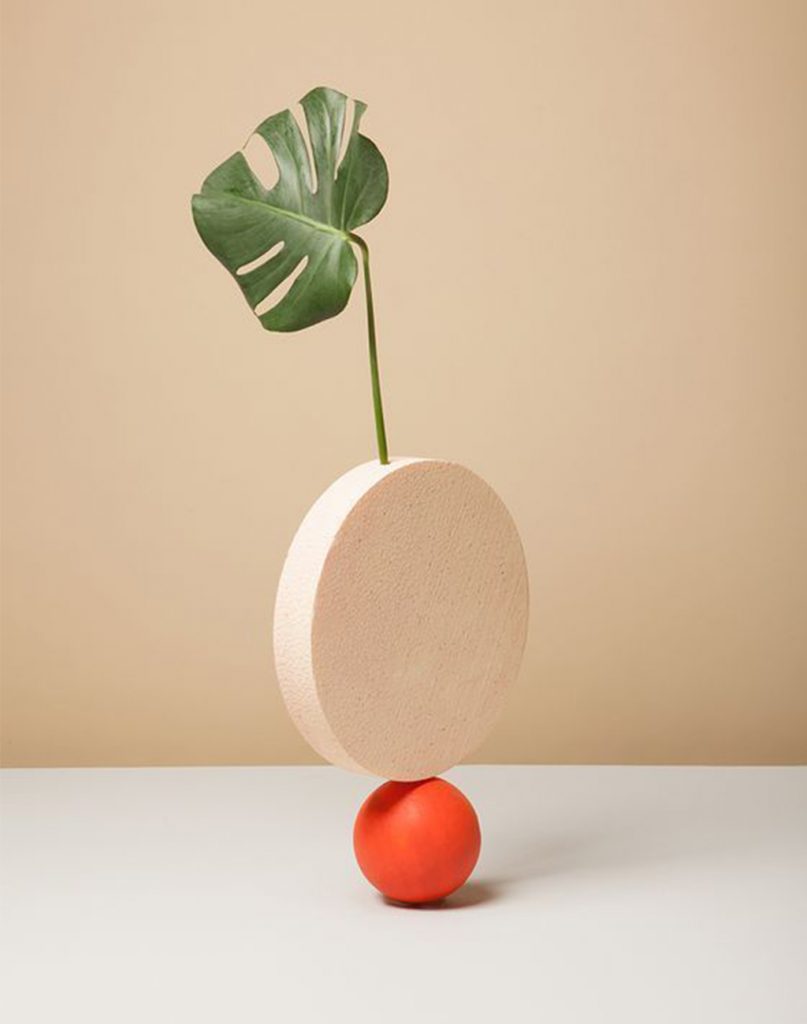
Japan’s Most Extreme Race
The most challenging marathon you've never heard of.

The most challenging marathon you've never heard of.
in Wellbeing
Dubbed ‘the most famous minimalist in Japan’, Fumio Sasaki believes that living with less is the answer to a fuller life. Author of the bestselling book “Goodbye, Things: On Minimalist Living”, Sasaki shares his insights into the meaning of true happiness and its contents.
There is happiness in having less, that’s why it’s time to say goodbye to all of our extra things.
Fumio Sasaki

As an unmarried man in Tokyo pushing his late thirties, Fumio Sasaki was beginning to feel a mounting pressure to be successful. In a desperate search for a sense of self-worth, he began a private mission to take refuge in the relentless acquisition of things. Over the course of ten years, the writer’s piles of unread books, film paraphernalia and idle camera parts stacked into towering monoliths in his apartment. Beyond the confines of his home, the young urbanite was gripped by this wakeful compulsion. On the streets, Sasaki would find himself staring dumbly at the pristine white Ferrari’s that overtook him on his pushbike. When visiting friend’s homes, he would take silent tally of their possessions – the salary, apartment, the clothes. Lost to the modern malaise and anxiety of lack, Sasaki eventually turned to drink for solace, ending his relationship when he could no longer envision a viable future given his financial state.
“I carefully hid my inferiority complex and acted as though there was nothing wrong with my life,” confessed Sasaki, “but I was miserable, and I made other people miserable too”. For a decade, the author lived in his one bedroom apartment, choking the space with an eclectic mix of junk and random paraphernalia. Until one day, struck by a flash of inspiration, the young urbanite began the revolutionary task of letting go. Beginning with one object then the next, the young man began the slow imperative of decluttering.
“The art of minimalism is not about what or how much we own, but analysing why we own the things we do,” shares Sasaki. Everyday, slews of optimised feeds and personalised advertisements compel the average urbanite to seek solace in the acquisition of newer and better commodities. We look to our purchases to smooth over our everyday anxieties because they seem to offer a convenient dose of self worth- and we are not alone. Speaking to his personal experience, Sasaki reflects, “ I was a natural hoarder, I thought all these knick knacks made me an interesting person”.
This desire to seek out more is not just in our heads, but it’s the result of chemistry too. The thrill that comes with the acquisition of new objects stirs sensations that approximate feelings of joy. “Dopamine is released when you obtain something,” explains the author, “but these feelings are so fleeting, we keep looking to the next thing for satisfaction.”
For Sasaki, minimalism is best described as a process of “ letting go”. It is a thoughtful meditation that calls for our full intention and presence of mind. To view it simply as “throwing away”, robs the act of meaning and thought. Only through selectively considering the purpose and significance of certain objects, are we better able to distinguish between the things we need and the things that no longer serve us. “Discard the preconception that you can’t discard your things,” remarks Sasaki, “it takes skill, so anyone can do it with practice. When you discard something, you gain more than you lose.”
When he began the process of minimising his possessions, Sasaki recalls becoming overcome by a sensation of lightness. For the author, the process began with digitising his material life; scanning in old letters and taking photos of his things before they left him. “As soon as I started minimising my things, I started noticing the surroundings in my commute—the trees lining the streets and the flowers blooming in each season. I started getting up earlier and cleaning my apartment every morning before going to work.” Today, the practice has grown into a more holistic expression of mindfulness that for him, “ kick starts a positive cycle of self-affirmation”.
Although the practice of minimalism seems radical, Sasaki explains, “it’s not something you have to follow religiously forever. I think of minimalism as a small gate. Once you go through it, you feel lighter and can live your life more freely. Your priorities and values shift. The number of things you own doesn’t really matter. What matters is whether you are making a conscious, independent choice about what you own”. Sasaki is optimistic about what will follow. “Once you have learned what’s important to you, you can of course go back to having more things. I still love things. They can be really wonderful if you use them well. Saying goodbye to your things is more than an exercise in tidying up. I think it’s an exercise in learning about true happiness”.
Fumio Saski is a writer in his thirties who lives in a tiny studio in Tokyo, he owns three shirts, four pairs of trousers, four pairs of socks and not much else. In his Japanese bestseller Goodbye, Things: On Minimalist Living Sasaki explores the philosophy of minimalism and offers an easy guide towards living a simplermore fulfilled life.

Article from the issue :